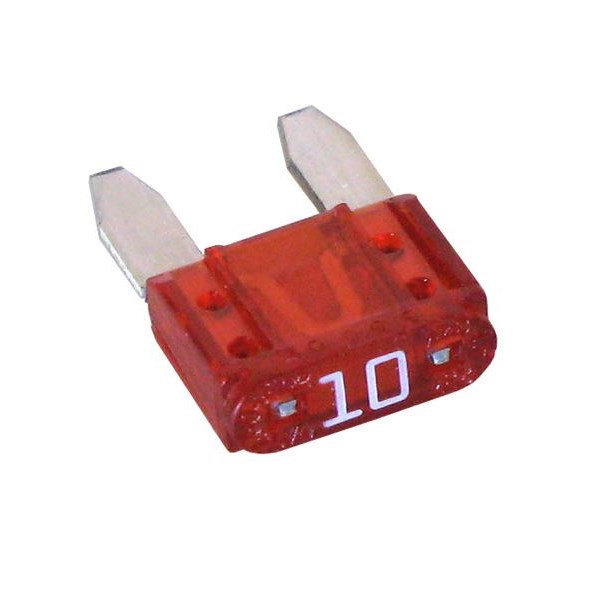Wednesday, Dec 02, 2015 at 07:36
That's one of the best I've found. A Toledo from Super Cheap. I just ditch the 24 volt bulb.
Also great to
check power either side of blade fuses to
check if they are blown.
Some people my not be aware that you can
test voltage either side of a fuse from the exposed contacts at the top. Seen either side of the "10".
Earth the
test light, and if the lamp light on one side of the fuse & not the other then it's blown.

Fuse
Also handy to carry a short wire with 3 blade connectors, so the
test light can be connected in the place of a blown fuse to
check for short circuits.
I also carry a meter Alan, but agree the
test light with some load is much better for "Voltage Hunting".
Have also used a tone trace to try following some wiring in the van.....
Now that was recipe for going on a wild goose chase.
The tone traces & the nature of the wiring was just a no go.
Bloody tones popping up everywhere they shouldn't.
FollowupID:
861519